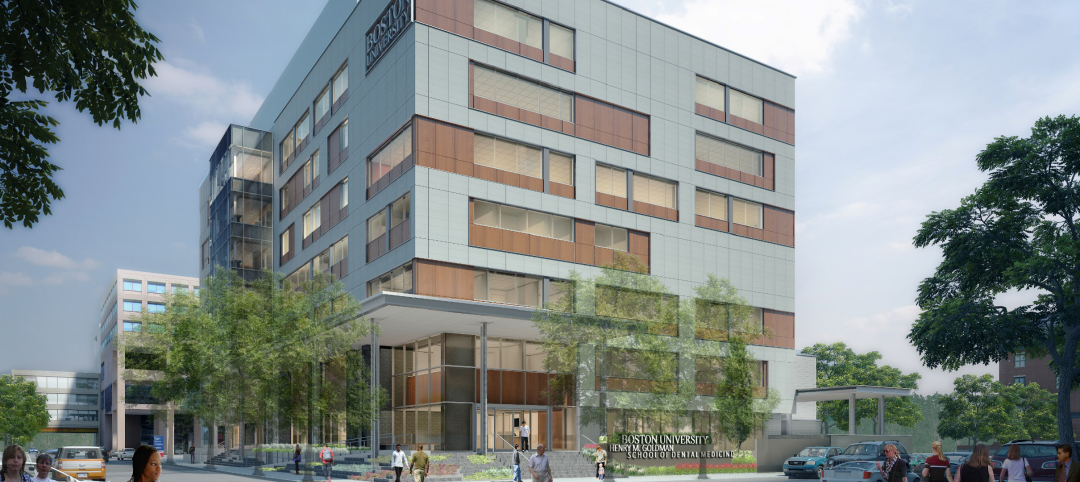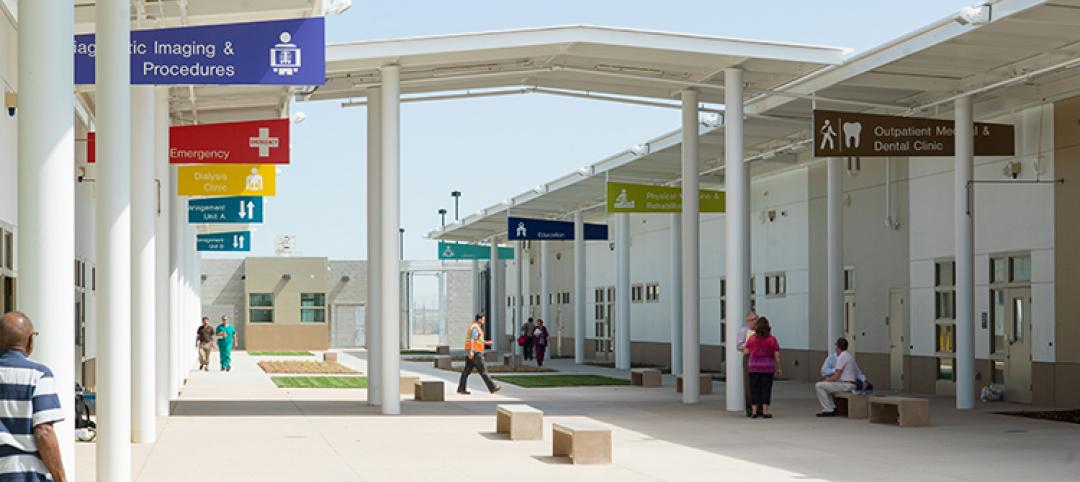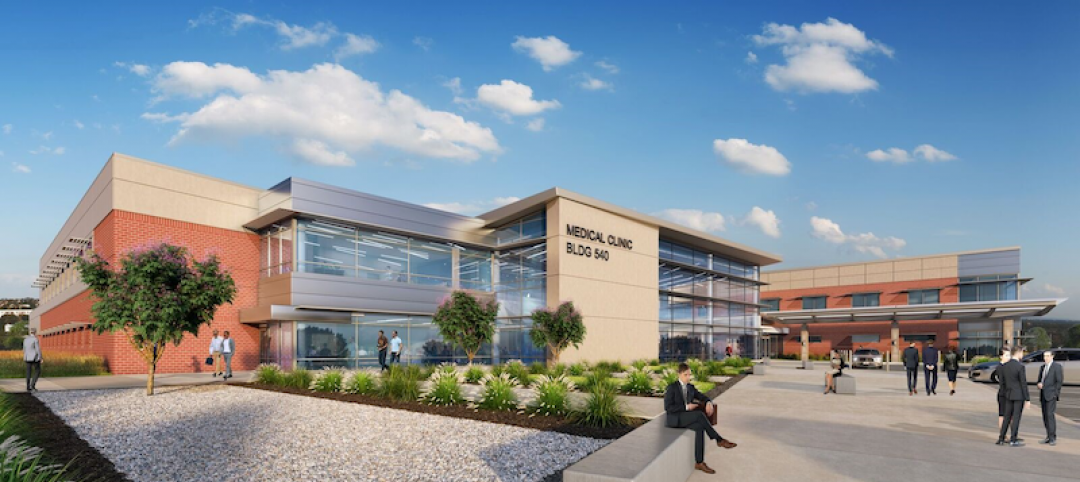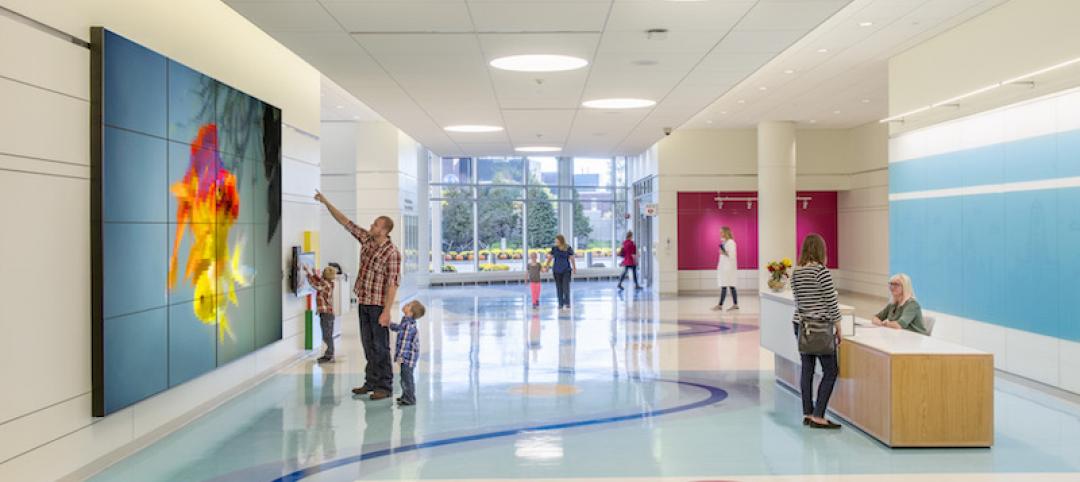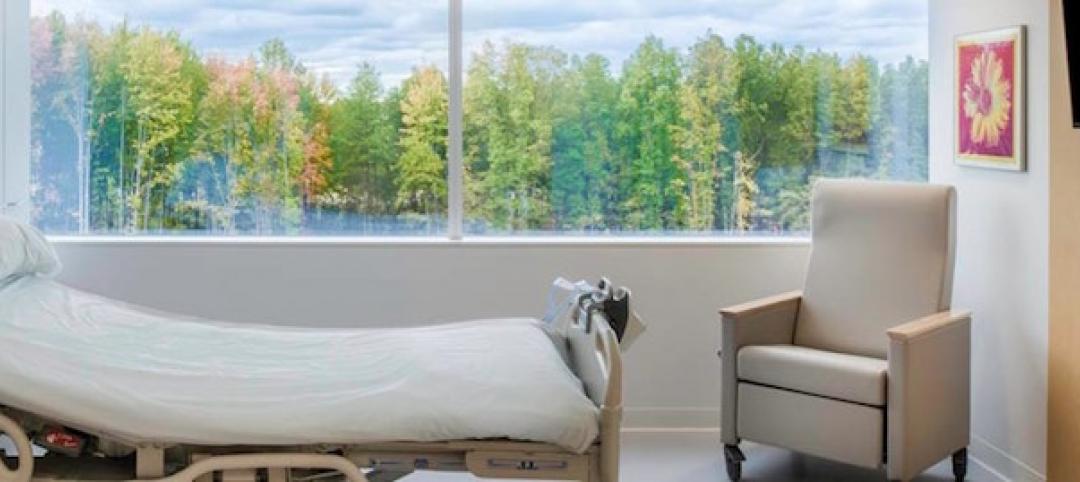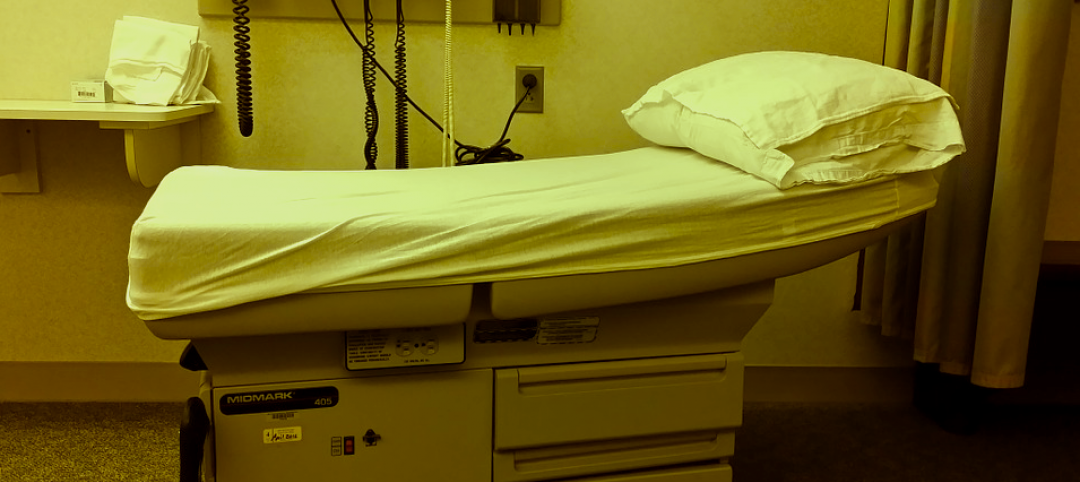Seattle’s newest Veterans Affairs facility is green, clean, and patient-focused. Which is, of course, the idea behind this Stantec-designed facility.
The new research building for Seattle Veterans Affairs, a $121.6 million structure with 220,000 sf of space, is meant to help with physical and mental needs of some of the 110,000 veterans availing themselves of the one of the VA’s nine area facilities.

Called the Seattle Veterans Affairs Mental Health and Research Building, the structure is meant to enhance patient care. It provides outpatient mental health care, including dialectical behavior therapy, family and group psychotherapy, medication management, and other services. Dialectical behavioral therapy helps identify and change negative thinking patterns and engenders positive changes in behavior.
Collecting research programs at one location also was the point of the new facility. The move brings together programs in a space designed for each research unit. Members of each unit had input on the design. Now, the fully modern equipment and facilities will enable researchers to expand the limits of medicine in areas such as PTSD, Alzheimer’s Disease, lower limb prosthetic design and engineering, oncology, and suicide prevention.
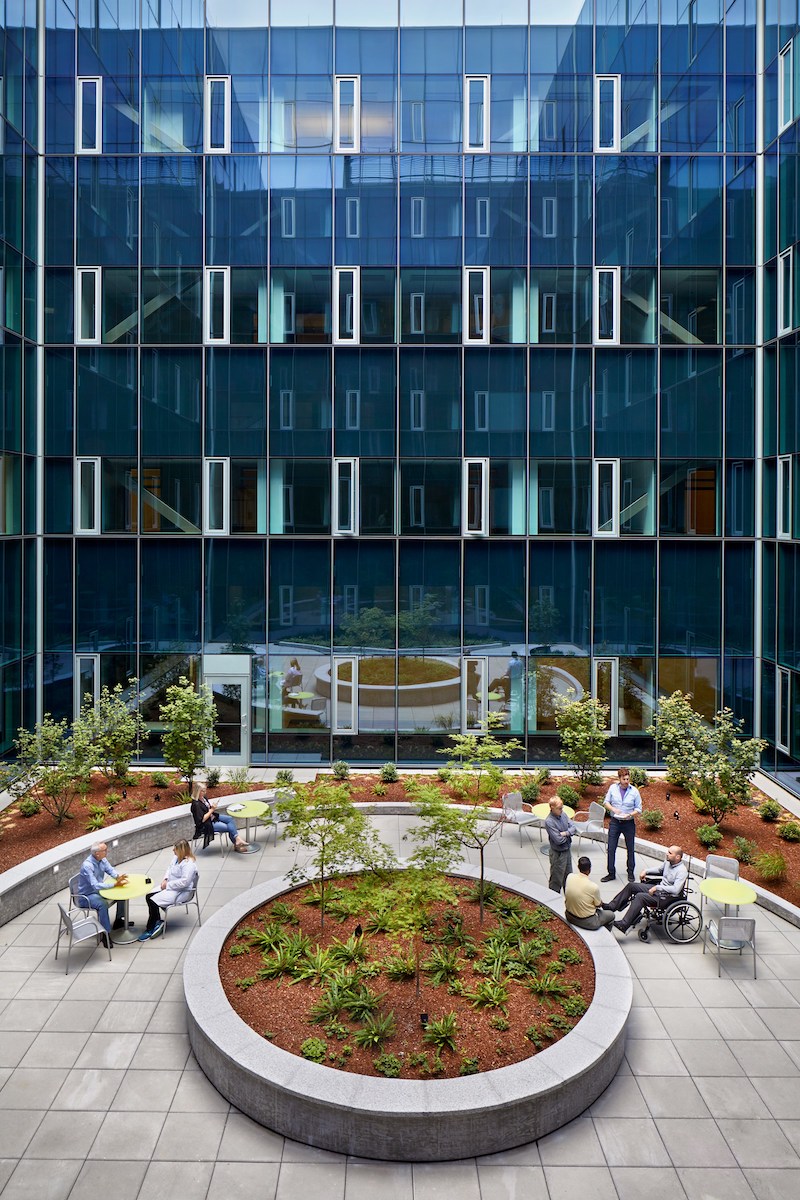
See Also: New Biomedical Research Center Facility at Northwestern University
Seattle is the VA’s 5th largest program, and its recent facility construction is a structural affirmation of the VA’s promise “to advance change and positively disrupt the way America delivers healthcare.”
Home to a prosthetic lab that includes motion analysis, custom fabrication and fitting capabilities, the new facility means, practically speaking, that patients can be fitted for and receive their prosthetic at the same site. With an eye for energy efficiency, the building was designed to LEED standards.
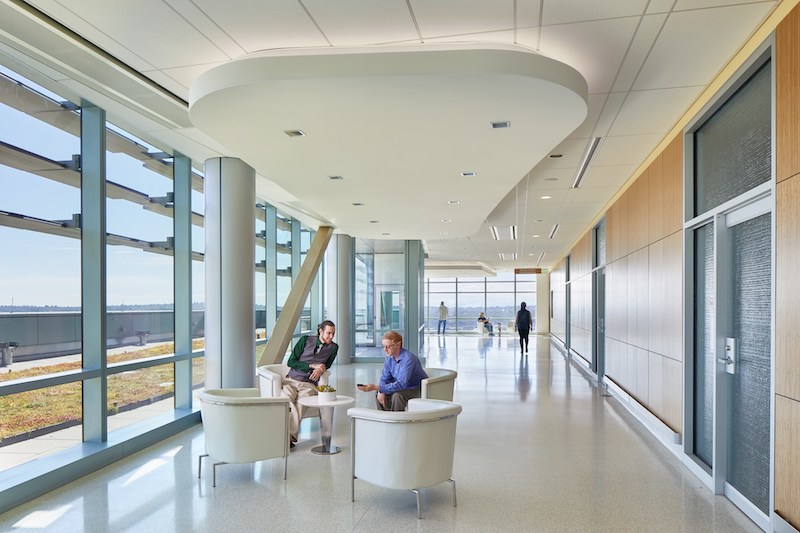
For those aware of it, the environmentally friendly design could have its own calming effect. The building has natural ventilation, passive systems, solar shading, green roofs, rainwater harvesting, access to public and staff outdoor spaces, and also interior gardens.
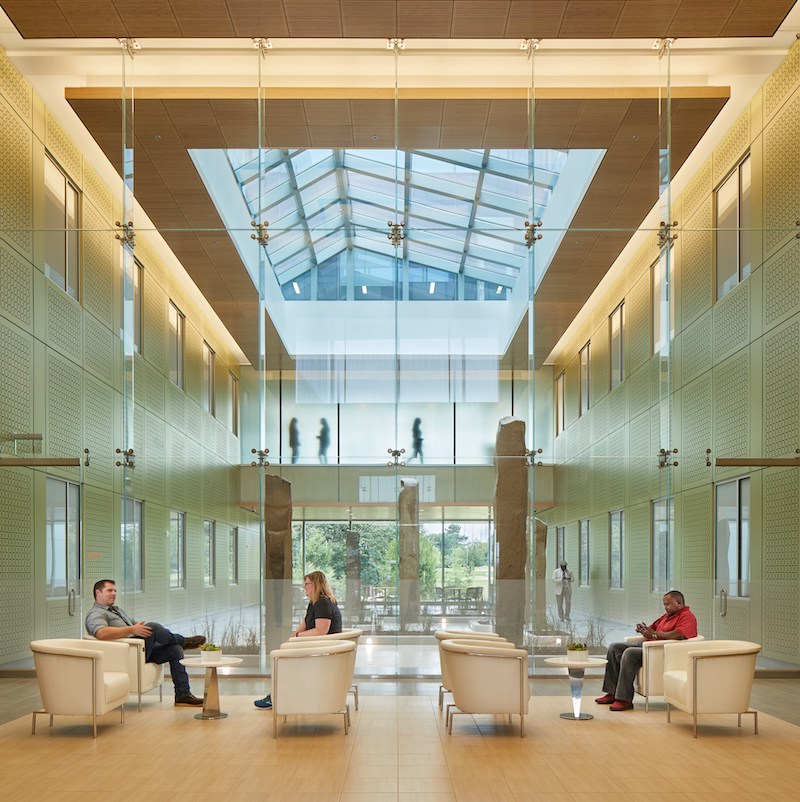
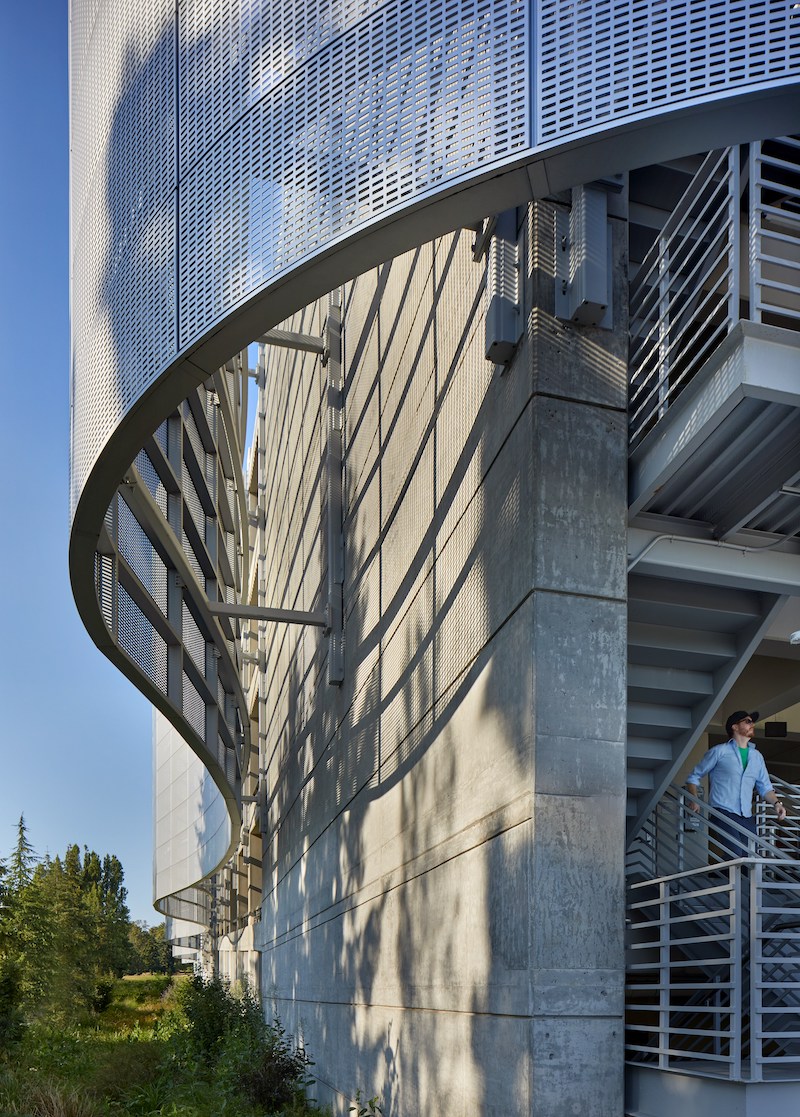
Related Stories
Healthcare Facilities | May 7, 2018
Gulf Coast Medical Center to receive 365,700-sf extension and 48,500-sf renovation
HKS is designing the project and Skanska USA will build it.
Healthcare Facilities | Apr 30, 2018
Child-specific mental health center features design elements to support healing
CannonDesign designed the project.
Contractors | Apr 26, 2018
At Boston University’s dental school, ‘under construction’ won’t mean ‘closed for business’
A major renovation and addition are scheduled to minimize operational disruption.
Healthcare Facilities | Apr 24, 2018
The ins and outs of inmate healthcare
Research has shown that inmates are getting older and sicker.
Healthcare Facilities | Apr 20, 2018
Revamping pharmacies for public safety and compliance
Released in February 2016, the latest standards of the United States Pharmacopeia’s Chapter 800 Pharmaceutical Compounding—Sterile Preparations builds on earlier regulations set forth by USP 797.
Healthcare Facilities | Apr 16, 2018
JE Dunn Construction and Hoefer Wysocki Architects selected for Sheppard Air Force Base Medical/Dental Clinic design-build contract
The project is targeting LEED Silver certification.
Healthcare Facilities | Mar 28, 2018
Sound health: How tranquility rooms can heal caregivers
Sound can also be healing. It promotes a culture of quietness and enhances environments, not just for patients but also for caretakers.
Healthcare Facilities | Mar 19, 2018
New York’s only freestanding pediatric health facility completed on the Buffalo Niagara Medical Campus
Shepley Bulfinch designed the project.
Healthcare Facilities | Mar 5, 2018
Four tips for designing the hospital of the future
What exactly is the hospital of future? Or more specifically, what is the future of healthcare design?
Healthcare Facilities | Feb 28, 2018
Healthcare operations: The good and bad of the ‘visit per room per day’ metric
Merely pursuing a high “visit per room per day” metric may drive up other resource needs and, in turn, raise operational costs, writes HDR's Zhanting Gao.





